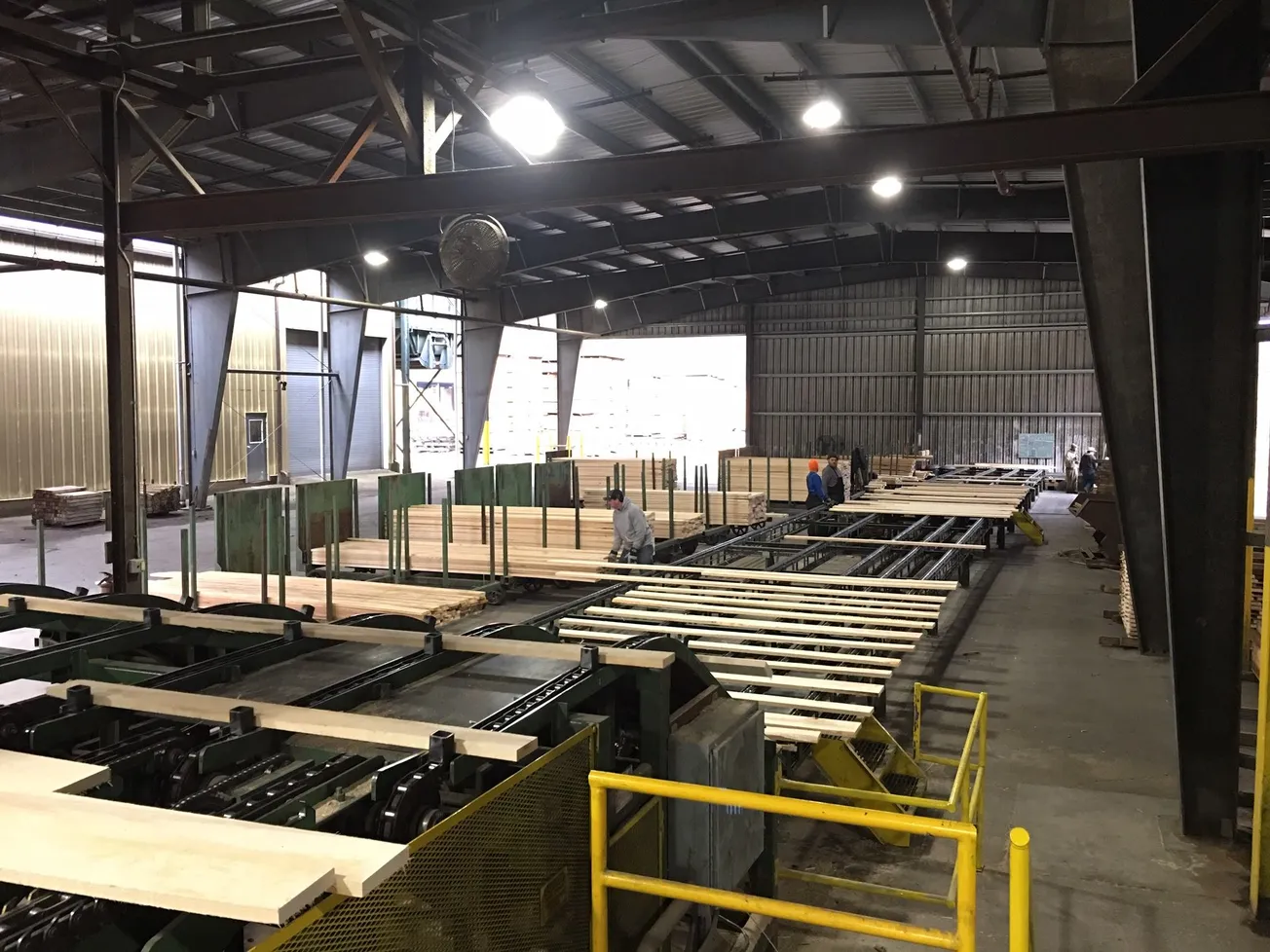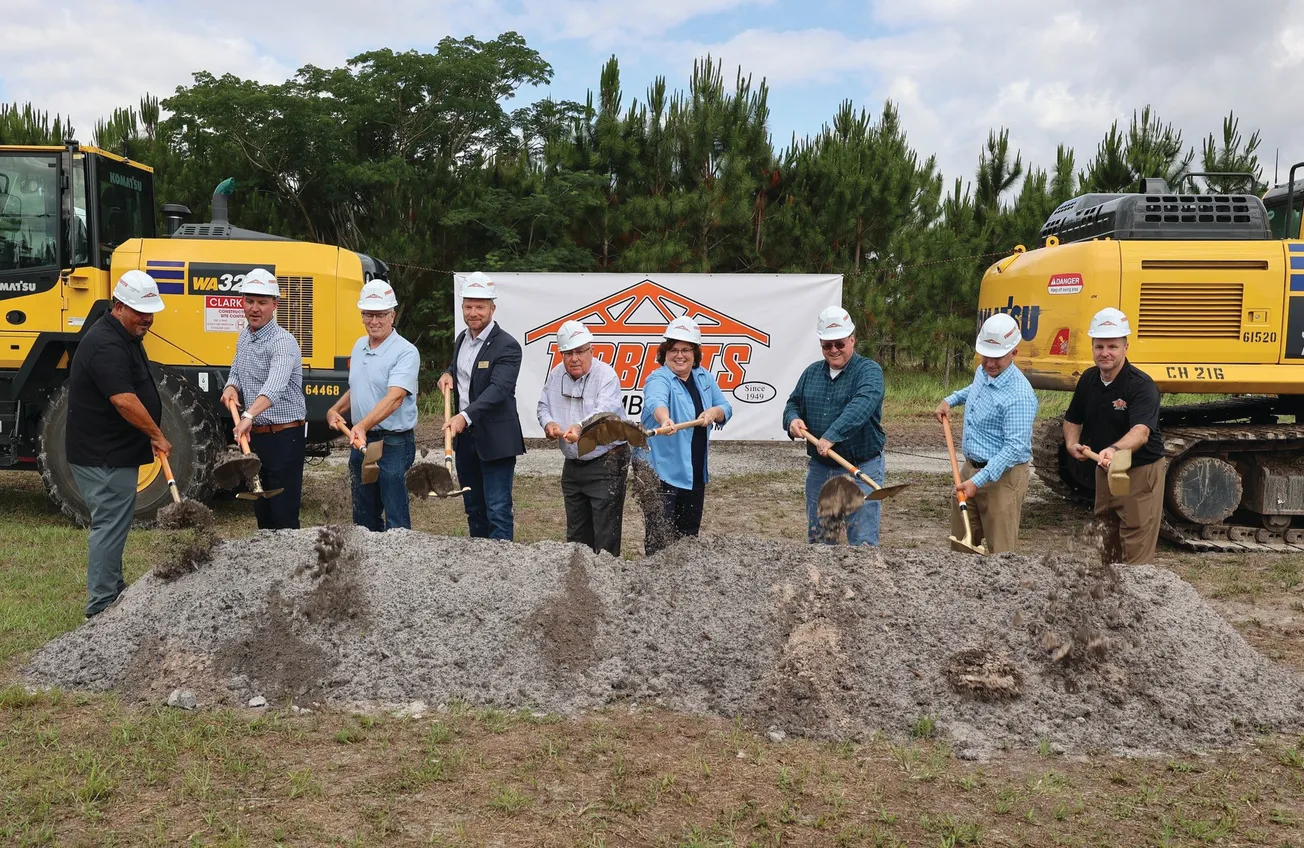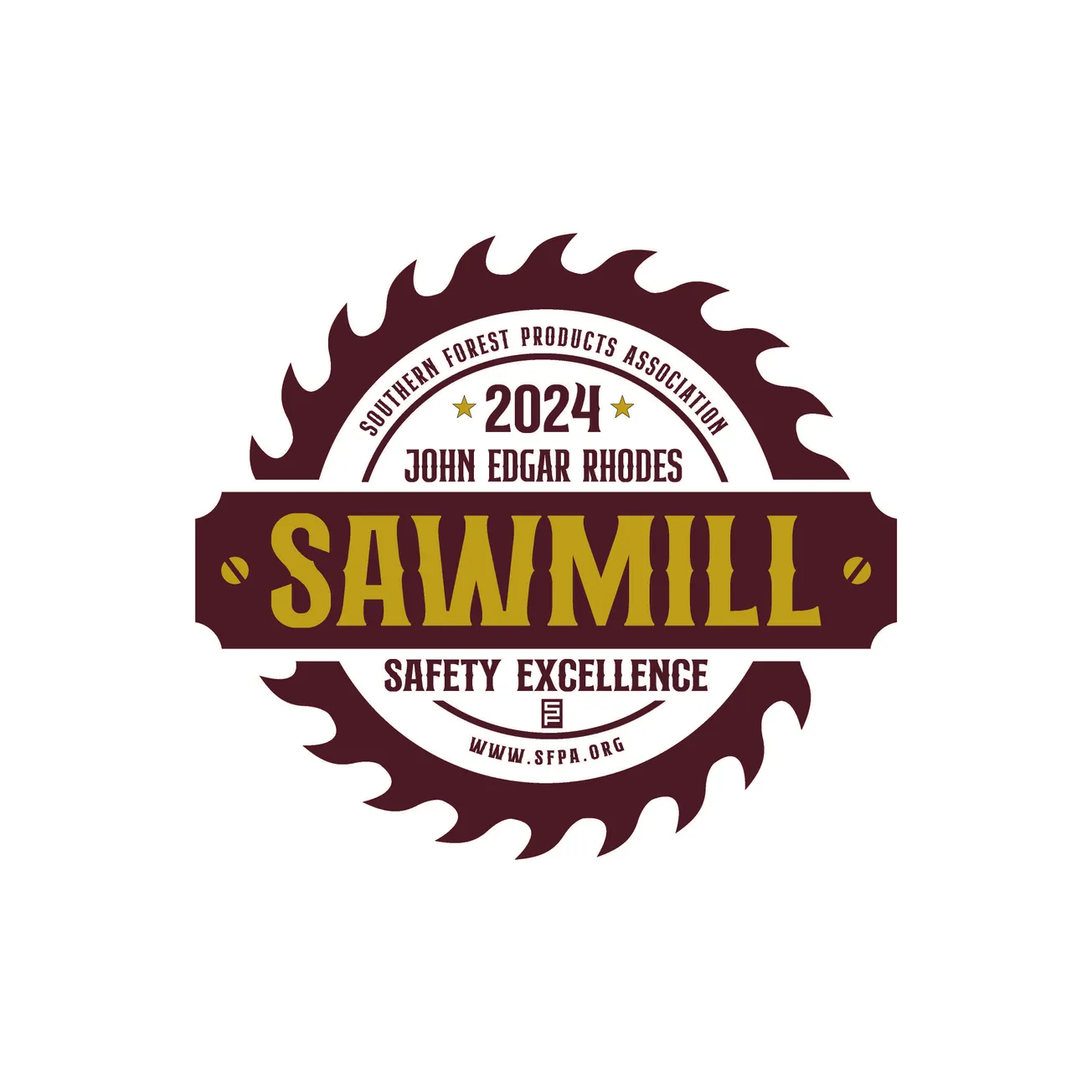Table of Contents
Last year, nine companies combined to produce 21.2 billion sq. ft. of OSB in North America, steadily rising due to a rebound in residential construction. Not only are U.S. starts up about 4% compared to a year ago, but single-family starts—which use three times more OSB than multi-family starts—are up 8%.
Manufacturers are operating near full production, yet are slow to restart shuttered plants, add new facilities, or expand. So OSB prices have spiked nearly 30% in a year to $424 MSF (Random Lengths OSB composite).
Norbord, Toronto, Ont., has enjoyed a banner year over the last 12 months at its 13 active OSB plants, buoyed by rising housing starts and OSB sales, production and prices. During the period, its North American OSB shipments were up 3% year-over-year. Approximately 25% of its OSB sales volume went to specialty end-users (industrial applications and export markets), progress toward the long-term goal of 50%.
Its North American mills ran at 99% of capacity in 2nd quarter 2017 (excluding the two curtailed mills in Huguley, Al., and Chambord, P.Q.), up from 96% in the same quarter last year and 94% in the prior quarter.
Norbord continues preparations to restart Huguley, but no earlier than the 4th quarter of 2017. Chambord (which Norbord took over late last year in a swap with LP) has been granted a wood allocation by the Quebec Minister of Forests, Wildlife & Parks, to take effect April 1, 2018, though it will continue monitoring market conditions before committing to restart.
Louisiana-Pacific, Nashville, Tn., has 12 OSB plants in the U.S. and Canada (10 operating), with a combined annual capacity exceeding 5 billion sq. ft. In 2016, LP produced 4.5 billion sq. ft. of OSB in North America, a 9%increase from the year prior.
Late last year, LP picked up two idled OSB mills—the former Ainsworth OSB mill in Cook, Mn., and Norbord’s Val d’Or, P.Q., facility—but both are long-term resurrection projects.
Georgia-Pacific, Atlanta, Ga., has for years operated just six of its 10 OSB mills, providing up to 3.7 billion sq. ft. of annual capacity (with about 1.3 billion sq. ft. on the sidelines).
Weyerhaeuser, Seattle, Wa., last year approached 96% of full-capacity production at its six North American OSB mills. In 2016, Big W’s mills produced 2.91 billion sq. ft. of OSB, up 2.2% from a year earlier. Full capacity is 3.035 billion sq. ft.
Huber Engineered Wood, Charlotte, N.C., continues working toward restarting its Spring City, Tn., mill next spring. The plant, its fifth, has been down since 2011
Tolko, Vernon B.C., fast-tracked plans to resume OSB production at its mill in High Prairie, Alb., mothballed since 2008. It recently ordered two pocket batch feeders to upgrade the OSB line and expects to begin putting out product in early 2018.
It now runs OSB mills in Meadow Lake, Sask., and Slave Lake, Alb.
RoyOMartin, Alexandria, La., remains on target for a fall 2017 start-up of its new OSB mill in Corrigan, Tx., with production expected to ramp up early next year. The facility will nearly equal the 850-million-sq.-ft.-a-year capacity of ROM’s Oakdale, La., plant.
Arbec Forest Products, St. Leonard, P.Q., has about 700 million sq. ft. of OSB capacity at its mills in Saint-Georges-de-Champlain, P.Q., and Miramichi, N.B.
Langboard can produce up to 440 million sq. ft. of OSB per year at its Quitman, Ga., mill.






